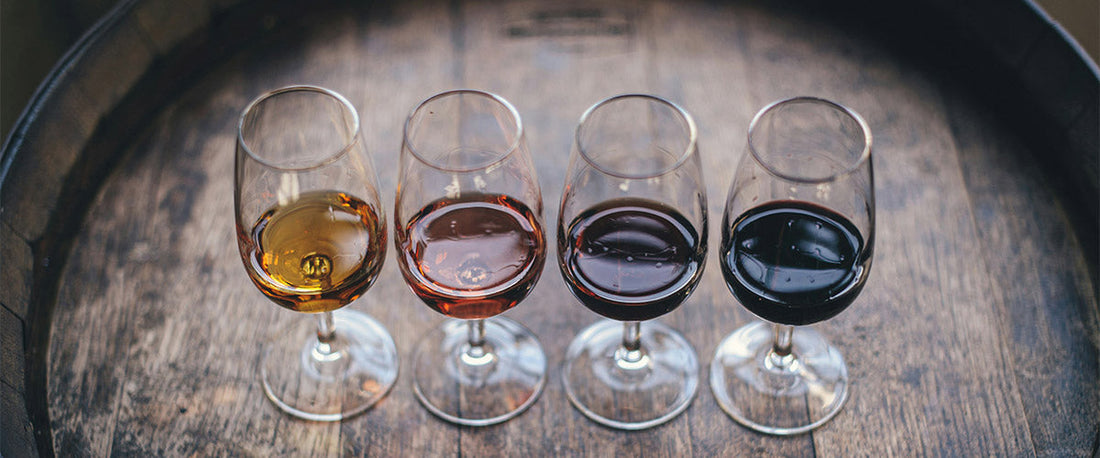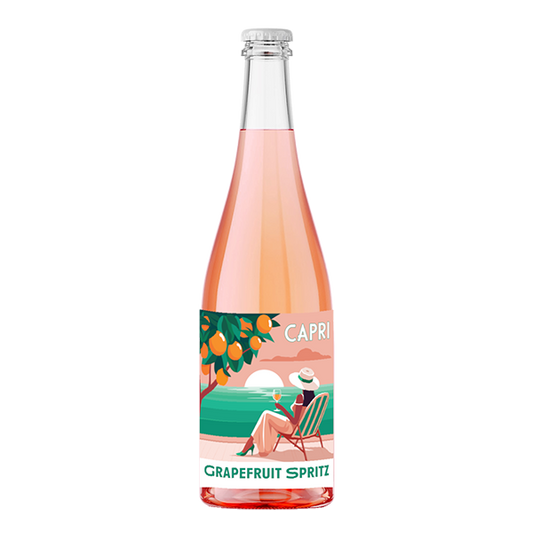
Understanding Wine Styles – Light, Medium, and Full-Bodied Wines Explained
Share
Estimated reading time: 6 minutes
Not all wines are created equal—some are light and easy-drinking, others rich and full of power. Understanding wine body is one of the easiest ways to predict what a wine might taste like before you even open the bottle. Here's your guide to light, medium, and full-bodied wines and what to expect from each style.
What Does "Body" Mean in Wine?
 Wine "body" refers to the weight and texture of the wine on your palate. It's that sense of how "heavy" or "light" the wine feels in your mouth, influenced by alcohol level, tannins, grape variety, and even winemaking style.
Wine "body" refers to the weight and texture of the wine on your palate. It's that sense of how "heavy" or "light" the wine feels in your mouth, influenced by alcohol level, tannins, grape variety, and even winemaking style.
As a general rule, higher alcohol and more tannin make a wine feel fuller-bodied, while lower alcohol and bright acidity keep it light.
Light-Bodied Wines
Light-bodied wines are fresh, delicate, and often easy to drink. They're typically lower in alcohol and have higher acidity, making them refreshing and perfect for a casual sip or food pairing.
Common Light-Bodied Wines:
-
Pinot Noir (especially from cooler regions)
-
Gamay (Beaujolais)
-
Moscato
-
Riesling
-
Prosecco
Flavour Profile:
-
Red fruits, floral notes, bright acidity
-
Minimal tannins (for reds)
-
Often served slightly chilled
Food Pairing:
-
Great with lighter fare like chicken, salmon, salads, or soft cheeses
Personally, I love how a good Pinot Noir surprises you with complexity despite its lighter feel. It’s my go-to when I want red without the weight.
Medium-Bodied Wines
Medium-bodied wines strike a balance between freshness and richness. They tend to be versatile, pairing well with a wide range of foods.
Common Medium-Bodied Wines:
-
Merlot
-
Shiraz (cooler climate styles)
-
Grenache / GSM Blends
-
Chardonnay (especially unoaked or lightly oaked)
Flavour Profile:
-
Ripe fruits, subtle spice, moderate tannins
-
Smooth mouthfeel without being heavy
Food Pairing:
-
Roast chicken, pork, mushroom dishes, pasta with tomato-based sauces
I find this is where many Australian favourites sit – approachable, food-friendly, and easy to enjoy any night of the week.
Full-Bodied Wines
Full-bodied wines deliver richness, structure, and power. They're typically higher in alcohol and tannin, with bold flavours and deeper colour.
Common Full-Bodied Wines:
-
Cabernet Sauvignon
-
Shiraz (warm climate styles like Barossa)
-
Malbec
-
Chardonnay (rich, oaked styles)
Flavour Profile:
-
Dark fruits, chocolate, spice, oak influence
-
Firm tannins and lingering finish
Food Pairing:
-
Best with hearty meals: steak, lamb, hard cheeses, rich sauces
Barossa Shiraz is the classic example—big, bold, and built to impress. For me, it's a must on cooler nights or when the meal is calling for something serious.
How to Use Wine Body When Choosing a Wine
Understanding body helps you:
-
Match wine to food more easily
-
Choose wines suited to your mood or the weather
-
Explore new varietals with confidence
Lighter-bodied wines are perfect for warm days or casual catch-ups. Full-bodied wines shine in winter or paired with rich meals. Medium-bodied wines? They’re your flexible friend, ready for anything.
Final Thoughts
Next time you’re shopping for wine, think about body. It’s a simple way to predict what you’ll enjoy and make better choices.
Want to explore? Check out our light and bright wines or dive into our rich, full-bodied reds for your next dinner.




















